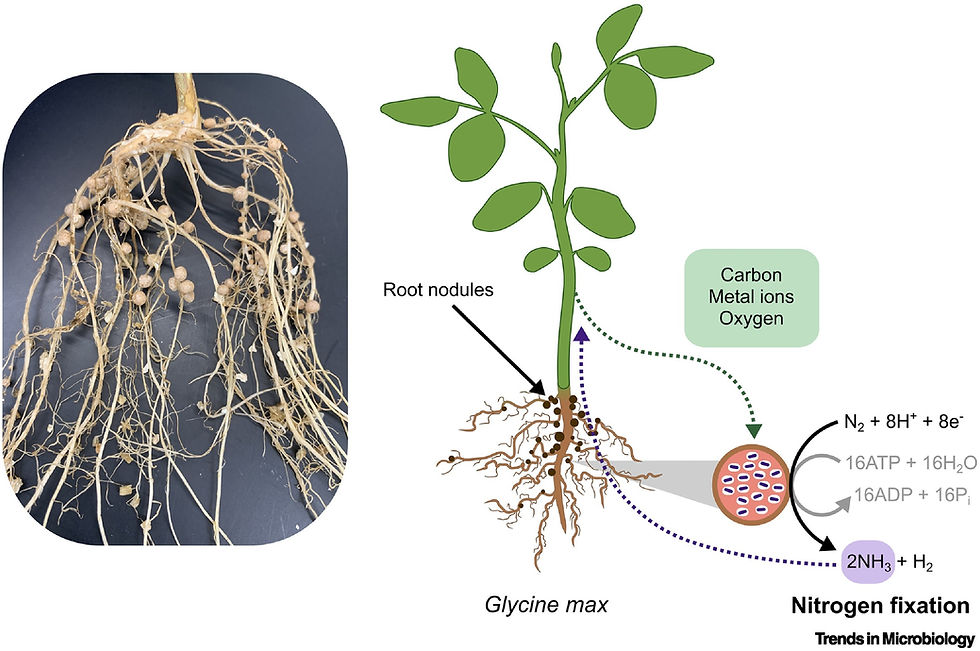Biological pest control agent profiles: Plant growth-promoting rhizobacteria (PGPR)
- Miguel M.LS.

- Aug 30, 2021
- 2 min read
Updated: Dec 13, 2021
As a part of the collective efforts of the agricultural industry for finding ways of dealing with microscopic agents of disease, there has been an important amount of research devoted to identifying equally microscopic agents for the prevention of disease. Among these, a collection of the most effective bacteria for the prevention and combat of plagues in crops have been termed the 'plant probiotics', for these aforementioned capabilities of building resistance to disease in the plants that host them. Plant growth-promoting rhizobacteria, or PGPR, belong to this group of little creatures.

Pseudomonas putida, one of the most commonly used plant growth-promoting rhizobacteria.
PGPR are bacteria that have co-evolved alongside the plants that host them across a timespan of millions of years, and as such, they have developed an astounding capability for mutual influence. Apart from their straightforwardly positive benefits as stimulants of plant growth, from which they derive their names, and apart from their passive increase of plant disease resistance by augmenting the strength of plants themselves and by out-competing other bacteria, these microorganisms actively perform work as biological control agents on two levels:
1) Producing compounds used by the bacteria to stifle the growth of competing, pathogenic microbes. This is done through the production of a variety of compounds, which a team of Canadian and Chinese researchers has narrowed down to antibiotics, antimicrobial peptides, bacteriocins metabolites, siderophores, toxins, and other microbial blends. These compounds have effects on dangerous microorganisms that go from inhibiting the synthesis of their cell walls (antibiotics) to depriving them of iron (siderophores).
2) Promoting the development of immune responses by the plant. PGPR are capable of triggering, in their host plants, systemic immune responses to disease that have long-lasting endurance and that do not even require the PGPR to interact with a pathogen in the first place! This (discussed here, with more bibliography provided in the source) means that plants do not need to actually get sick in order to develop immunity to broad groups of pathogens, with the PGPR functioning as a sort of plant vaccine.
The common positive (both passive and active) effects of PGPR, as well as their diversity and its consequently large span of possible plant hosts and possible pathogens to target, make them a necessary option to consider (and to explore in more depth) for the implementation of any modern biological control scheme.
AGENT PROFILE
Common name(s): Plant growth-promoting bacteria, PGPR.
Often-used species: A wide array, from an equally wide array of genera.
Type of predator: Non-predatorial (mutualist relation with host plants).
Potential damaging effects: Only registered in sugar beets.
Interesting literature on its usage: A general review of the role of PGPR in agricultural sustainability (2016), use against diseases in tomato plants (2020), use against nematodes (2018).



Comments